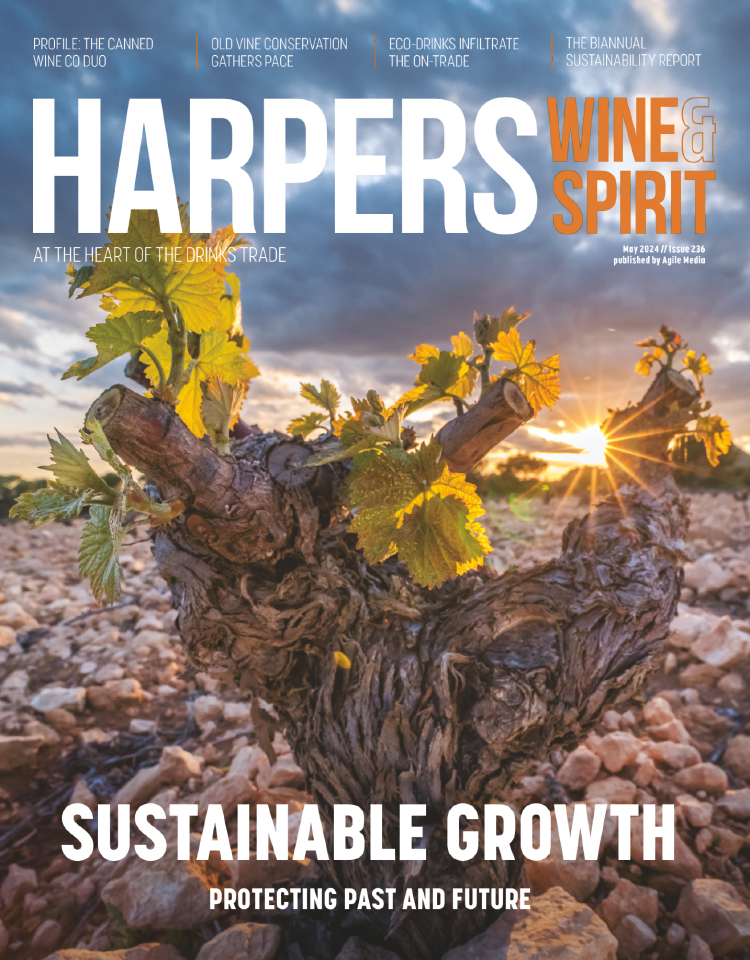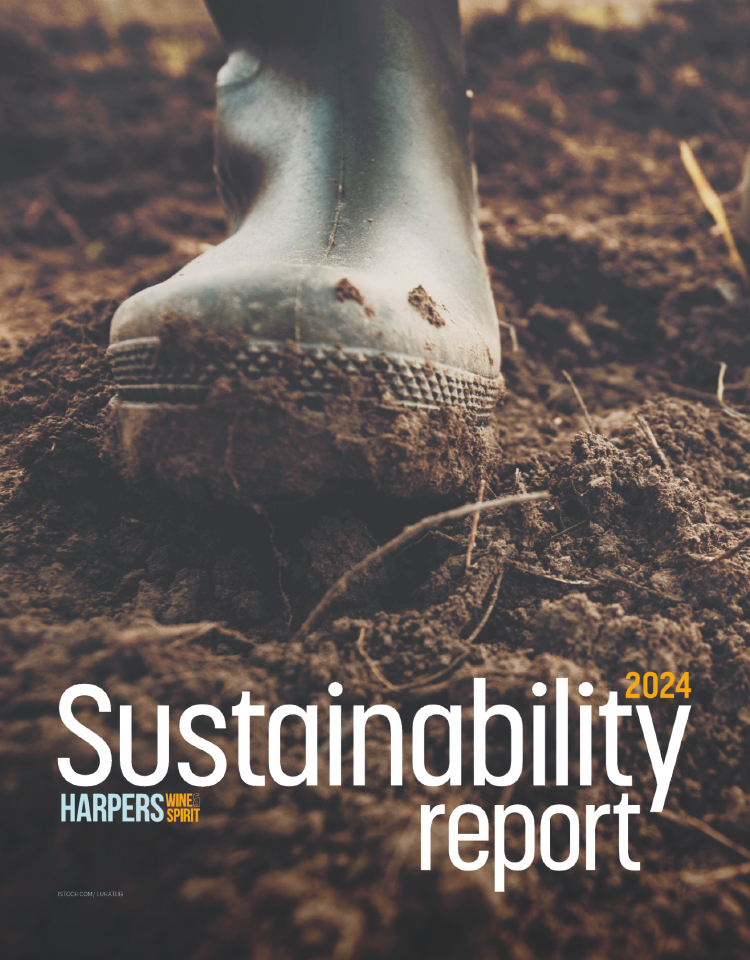Inglaterra quiere ms
Earlier this month, Chilean voters made history by installing Michele Bachelet as the first elected female president in the history of Latin America. The vote came as something of a surprise to many Chile watchers, who have become accustomed to thinking of the remote nation as one of the world's more socially conservative countries - a place where divorce only became legal during the past couple of years. But for the car-horn-tooting thousands who thronged the centre of Santiago to celebrate Bachelet's victory on 15 January, the election of the doctor and single mother was confirmation that the Chile of the 21st century is becoming a very different place from that of the previous decades.
Of course, conservatism is a charge that is also often levelled at the Chilean wine industry. For wine consumers, Chile is known as the safe-bet country - fine for a value Cab or a bargain Sauvignon, but not exactly top of the list if you're looking for something to really stir or surprise the taste buds. Indeed, if the UK wine trade had a message for Chile's winemakers, it would be, ironically, a modified version of the campaign message of Bachelet's conservative rival Sebastian Piera, plastered on billboard sites and painted on walls all over the country in the run-up to the election: Chile quiere ms - Chile wants more - or, rather, we want more from Chile: more varietals, more styles, more interest.
But the evidence of the Chilean wine industry's very own elections - the Wines of Chile Awards, which were held for the third time in Santiago in the week before the presidential poll - suggests that winemaking here is going through a similar period of change to politics. Certainly, as far as the nine British judges flown over to Santiago by Wines of Chile especially for the event were concerned, there was pleasing proof that Chile is starting to come up with more', in an attempt to shrug off its conservative image. The battle for Best Wine in Show is a case in point. The eventual winner was 2004 Via Matetic EQ Syrah; produced in the cool-climate San Antonio Valley, the wine was very much a Syrah in the Northern Rhne style and very much not the kind of wine that most people expect from Chile. Similar things could be said of the wine that was just pipped by the EQ (the panel was split five to four): Viu Manent Late Harvest Semillon, a superb example of a style with which Chile has not previously been identified, which could genuinely compete with anything on offer in the same vein from Australia.
Aside from their quality and surprise value, what linked these two wines was what chairman of the judges Tim Atkin MW described as their balance of fruit concentration and elegance'. And they weren't alone. Many of the gold and trophy winners showed similar characteristics, particularly, although not exclusively, those taken from cooler-climate areas such as San Antonio, Leyda, Casablanca and Bo-Bo.
And there were plaudits and trophies, too, for uncharacteristic Chilean varieties such as Malbec (2004 Valdivieso Malbec Single Vineyard Reserve), Riesling (2004 Cono Sur Visin Riesling Single Vineyard) and Pinot Noir (2005 Casas del Bosque Pinot Noir Reserve). The judges also noted that the better wines - whether using new' varieties or more traditional ones such as Cabernet (still overwhelmingly the largest category in terms of entries and medals), Sauvignon Blanc (a real star of the awards) and Chardonnay - showed Chilean winemakers getting to grips with both picking times and oak management.
But it was not all good news. Summing up the results during a morning of seminars held before the announcement of the winners and attended by around 200 members of the Chilean trade, Atkin highlighted a number of areas of concern for the Chilean industry. Chief among the problems was the decline in the quality of Merlot (there were no trophies awarded in the Merlot category). The judges felt that this could be explained by the discovery by Chilean winemakers that what had been labelled Merlot a few years back was, in fact, Carmenre (a variety that, in itself, the judges believe is yet to be fully understood in Chile) and that the grapes now used to make varietal Merlot often hail from new plantings. Other problems detected by the judges included a lack of creativity in white blends; a tendency to overwork' the more expensive wines; a growing incidence of Brettanomyces in the bottles submitted; and a tendency, albeit in common with the rest of the world, towards higher alcohol.
On the whole, though, the judges' verdict will have pleased Wines of Chile UK boss Michael Cox, whose message in the UK is all about Chile's diversity and who has seen a pleasing rise in Chile's market share, both in general and in the more profitable areas above 5. Like many of his countrymen, however, Cox remains impatient for change in Chile, and during his speech to the Chilean trade, he outlined one particular bugbear: the continued use of the reserva category, which he feels has very little legal significance', has no future in the Chilean industry' and should be replaced by individual and specific terms' such as vineyard names. Whether or not the Chilean industry has sufficiently shed its conservative impulses to follow his lead, only time will tell.





